Search
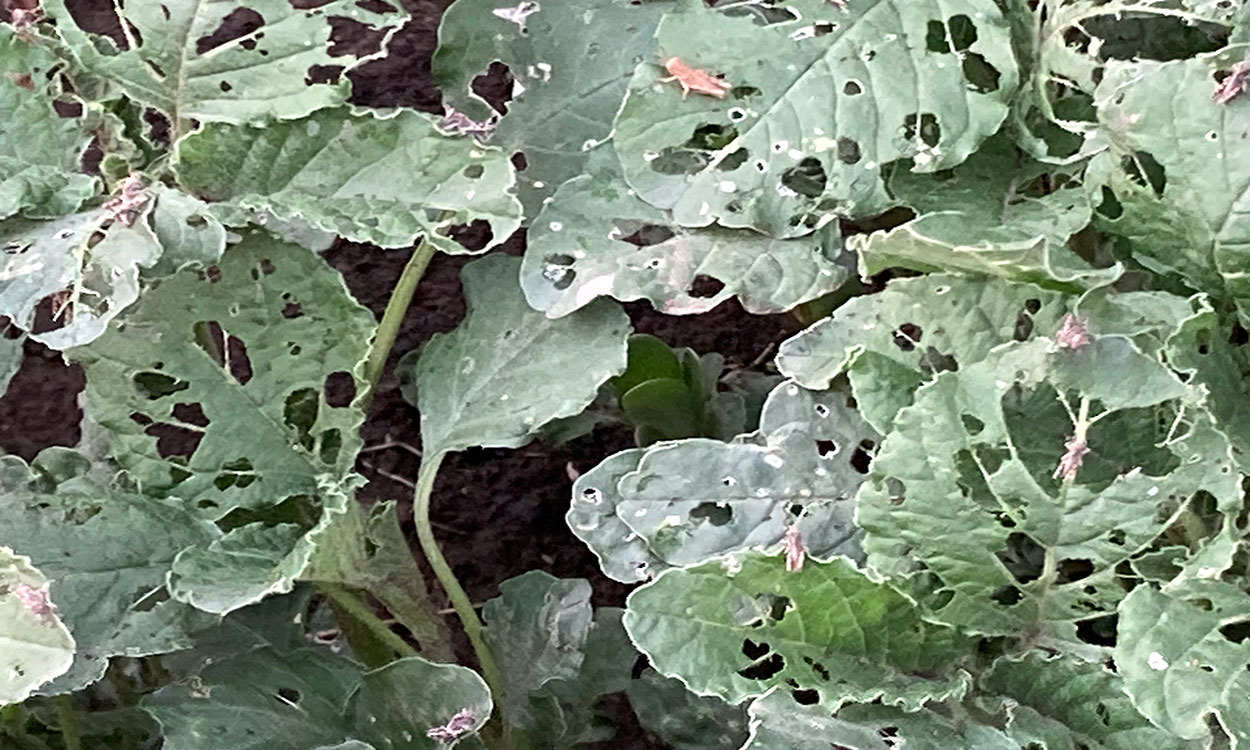
Grasshoppers Causing Headaches in South Dakota Gardens
Grasshopper populations are causing extensive defoliation around yards and gardens in our region this summer. Learn some important considerations for scouting populations and applying insecticides if needed.

What’s Bugging Your Garden: Picnic Beetles
One of the most common garden insect questions I get asked is “what are those little black, spotted beetles that are in my sweet corn, tomatoes, raspberries and perhaps worst of all, in your beer! These little nuisances are called picnic or sap beetles. They are attracted to ripe or damaged fruit and vegetables.
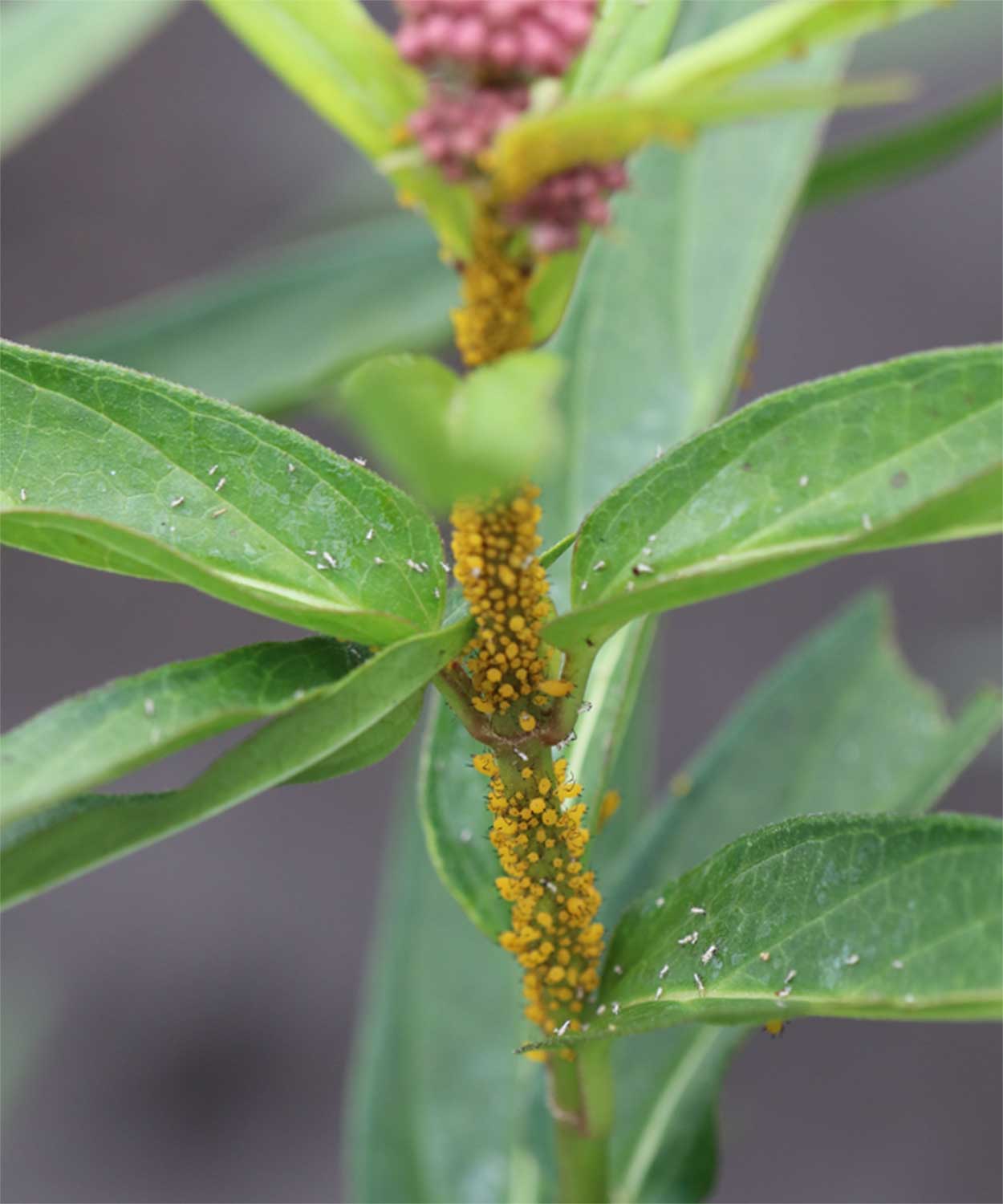
Are Aphids on Milkweed Really a Bad Thing?
This year, we’ve noticed large populations of aphids on swamp milkweed plants and we’ve identified them as the oleander aphid (Aphis nerii), which is sometimes referred to as the milkweed aphid.
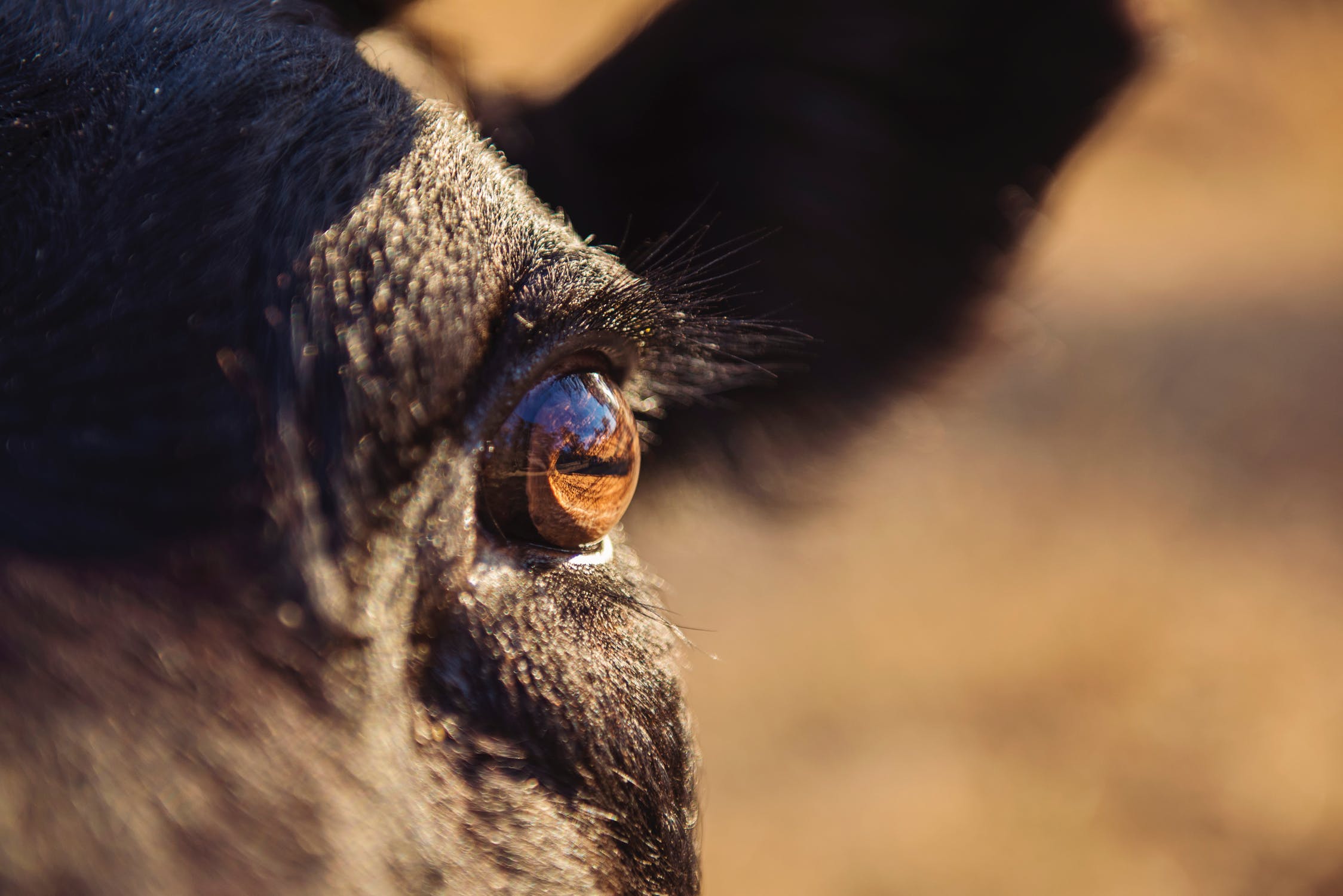
Toe Abscess (Toe Tip Necrosis) in Feeder Cattle
Toe abscess (toe tip necrosis) is most commonly seen in feedlot cattle and is likely subsequent to excessive abrasive damage to the hoof, especially the toe tip. Feet may become infected when the white line is damaged which opens the claw to bacteria, dirt and manure.
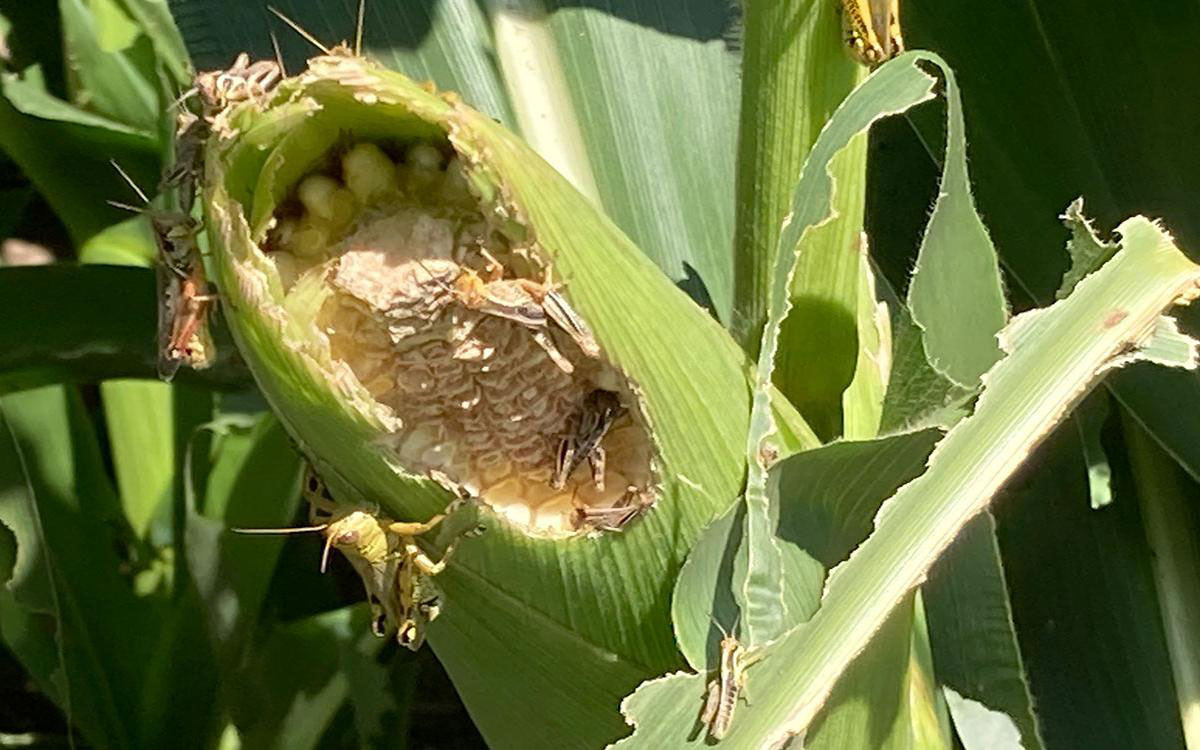
Grasshopper Populations Continue to Cause Issues in South Dakota
Recent reports of crop loss along field edges indicate that grasshopper populations in some areas of South Dakota are well above threshold. Unfortunately, crops are often the target of these moving populations.
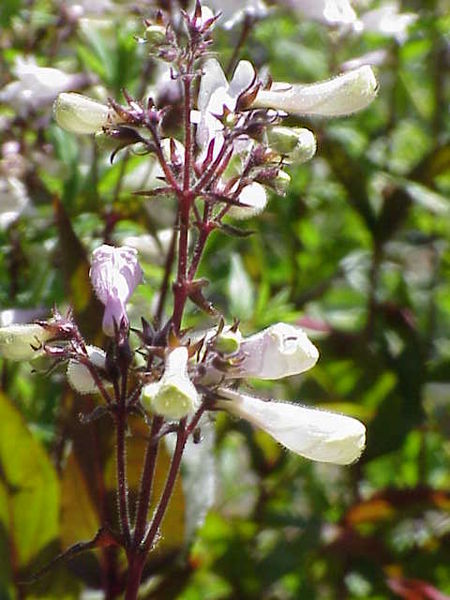
Penstemon
Penstemon grandiflorus and Penstemon augustfolius are both native to South Dakota.
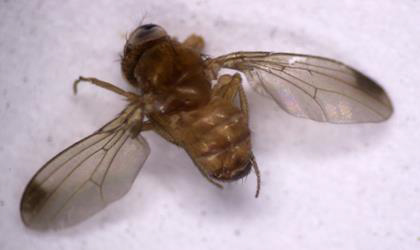
Spotted Wing Fruit Fly Damaging Fruit Crops
The spotted wing fruit fly is a new pest problem that originated in Asia and was only first identified here in the United States in California in 2008. It was first seen in South Dakota in 2013.
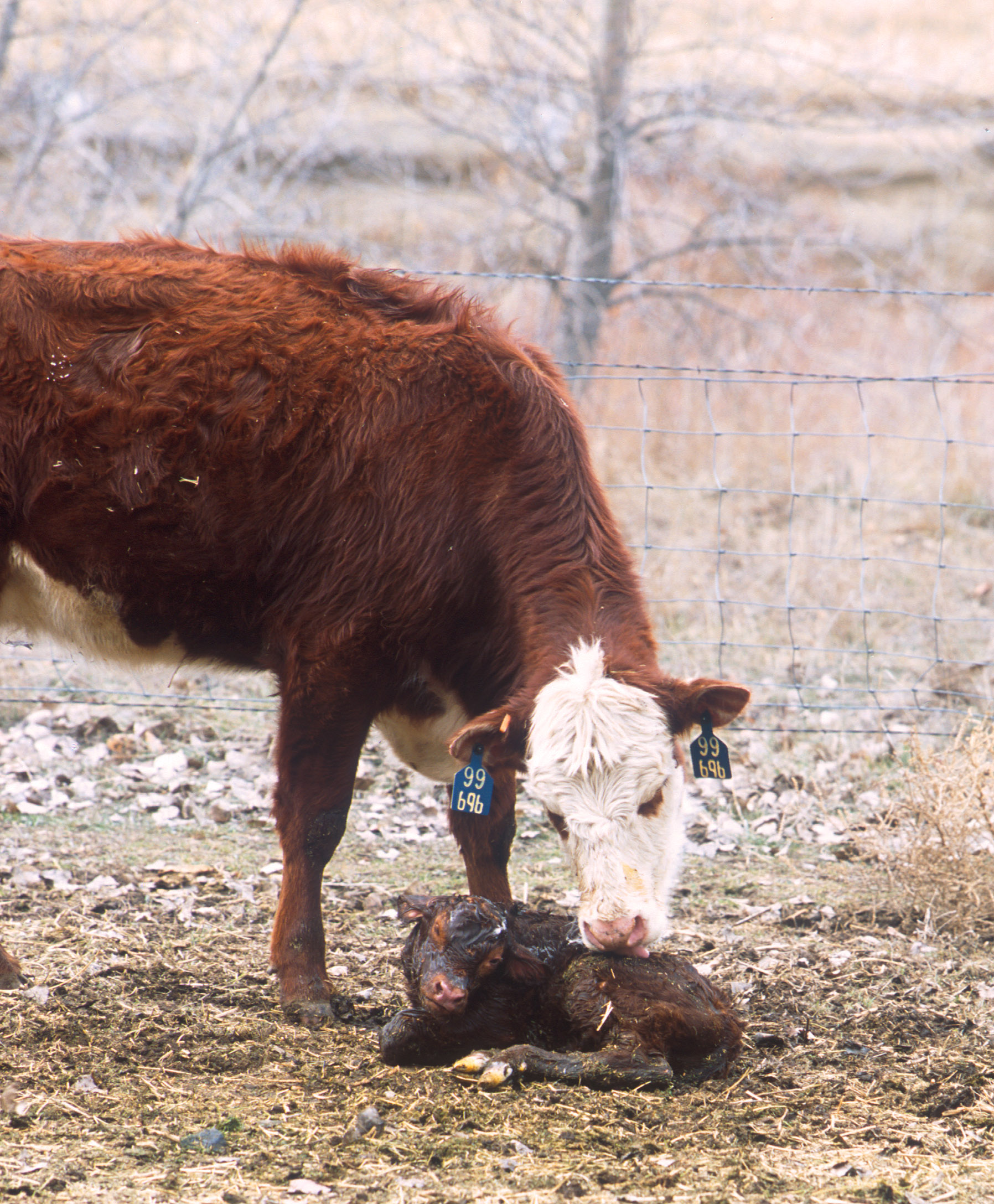
Beef Cow Nutrition During Calving and Early Lactation
Calving season has started or will be starting in the near future for most producers. Nutritional management of the cow herd is more important during the periods of late pregnancy and early lactation than any other.

Home Starts Here
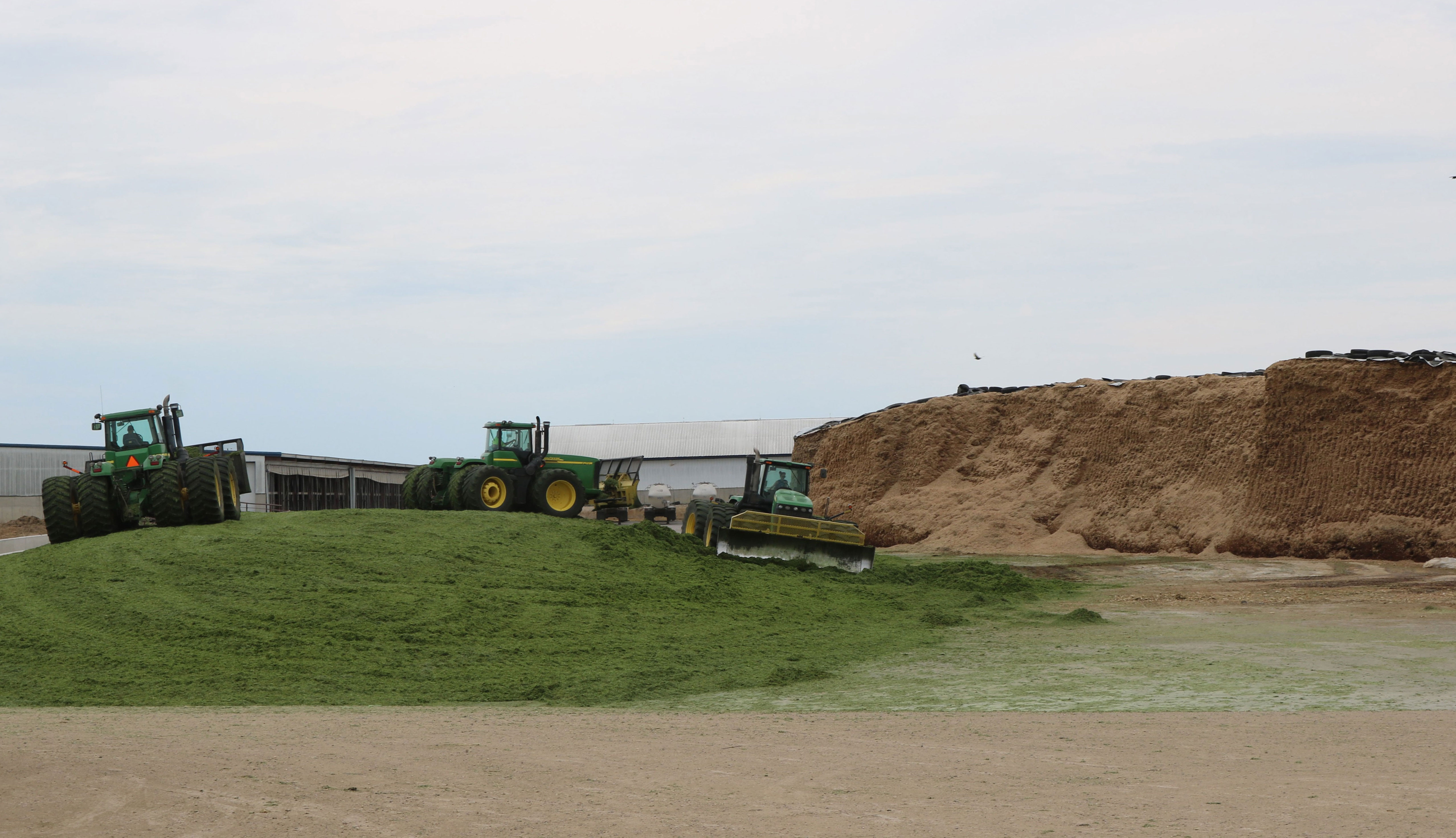
Harvesting Silage on a Wet Year: Moisture is Critical
Fall is on its way in South Dakota. However, with many flooded and saturated fields, some producers are growing concerned that there will be little opportunity to harvest silage before corn dries down past desired moisture levels or frost occurs.